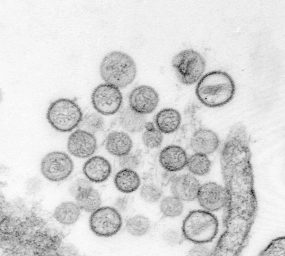
"Elephant? Oh! You mean the ones without ears and a nose like a stethoscope? The ones that are always wearing a sweater with squiggle on it?" 

"Ah, yes, elephants. Or as we called them growing up 'long faced horses' with wells in their backs." 

"Sure, I can draw a perfect elephant. But he's going to have to have safety steps installed on his trunk, for OSHA reasons." 

"I mean, all the elephants *we* had growing up were angry because they had tornadoes coming out of their faces. It's not my fault if you never met those kinds of elephants." 

• • •
Missing some Tweet in this thread? You can try to
force a refresh

















